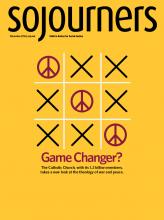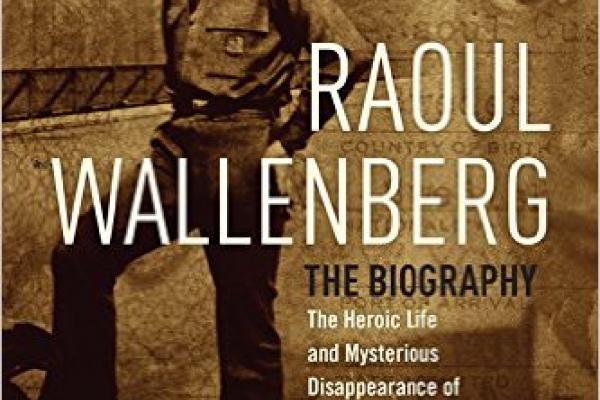IN THE EARLY 1940s, Raoul Wallenberg was a slight, balding young man living modestly in Stockholm. He worked for a trading company that imported Hungarian poultry to Sweden. Wallenberg’s colleagues were mainly Hungarian Jews.
He had trained in the U.S. to be an architect. But on his return to Sweden, Wallenberg discovered that he didn’t have the engineering courses required to be hired in his homeland. His other career alternative, banking, also eluded him. The extended Wallenberg family owned one of Sweden’s most prosperous banks, Stockholms Enskilda Bank. But they found Wallenberg to be overly talkative, too artistically inclined, and having a penchant for drama that did not signal, for them, the makings of a top-drawer Swedish banker. So Wallenberg fell into depression, feeling that he was a failure, now known to his family disparagingly as “the grocer.”
Yet this unfulfilled young man would become, virtually overnight, one of the great heroes of World War II.
Veteran Swedish journalist Ingrid Carlberg has written a remarkable, nuanced, 600-page biography featuring extensive original research and new material: Raoul Wallenberg: The Heroic Life and Mysterious Disappearance of the Man Who Saved Thousands of Hungarian Jews from the Holocaust. The English translation of this award-winning work was released earlier this year.
When the Germans sent 500 Norwegians to Auschwitz in late 1942, the outraged Swedish government, which had remained neutral, declared that Sweden would accept any Jew who could make it to the Swedish border. They also decided to set up a special humanitarian aid mission in Budapest to help Hungarian Jews being annihilated by Hitler’s troops. A colleague at the trading company immediately recommended Wallenberg to the Swedish Foreign Mission to head the new mission.
Read the Full Article

